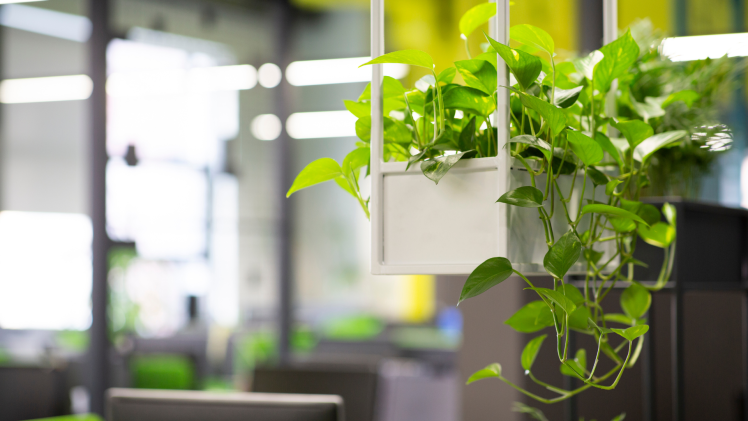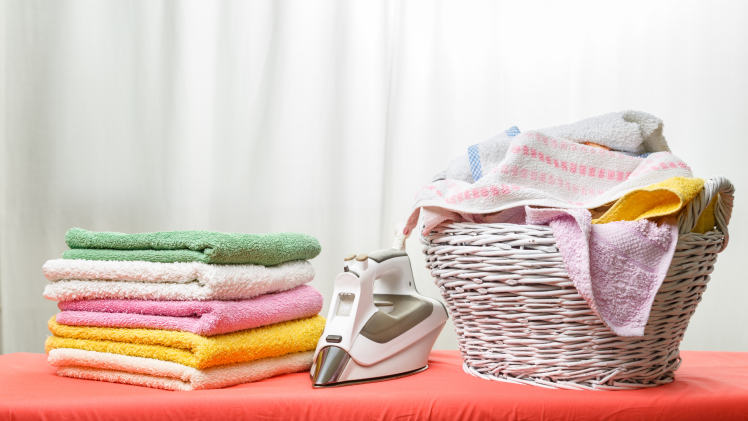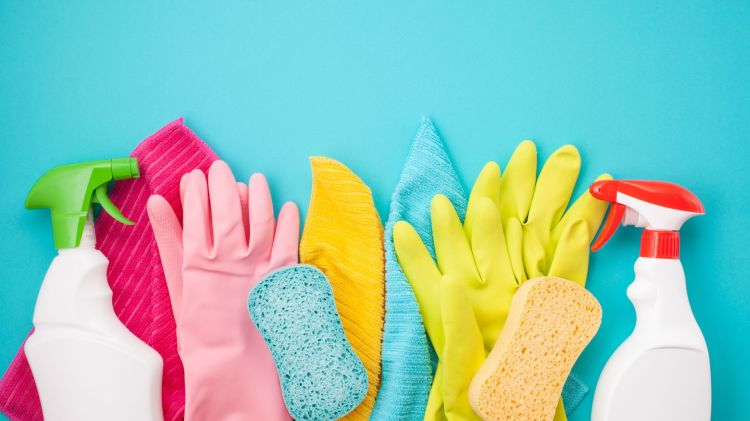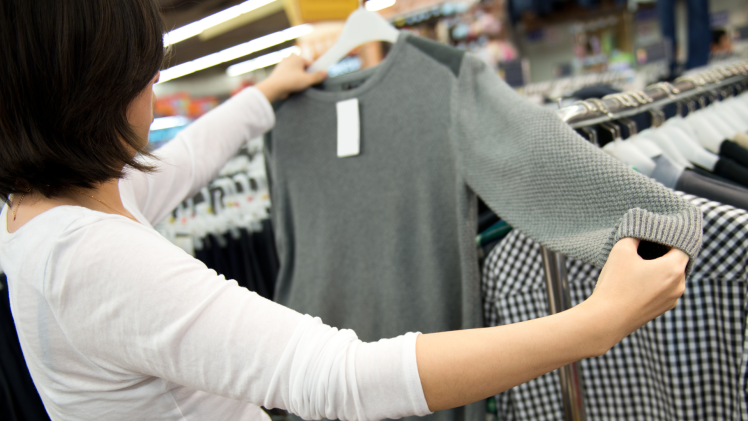by
Sophie Jäger
14/09/2021
This is why a lot of period products are not sustainable
Period products are the fifth most common single-used plastic items found on European beaches, present in greater number than both plastic bags and straws. This in not a big surprise because fifty percent of the population uses period products. Since roughly the 1950s tampons and menstrual pads have contained fewer and lesser amounts of plastic, and often only for the sake of design purposes. However, the reason why plastic in period product has lodged itself so deep in the design in the first place is due to numerous incidences within the spectrum of culture, shame, and science. Menstrual products are a veritable cornucopia of plastic. Tampons are wrapped in plastic, have plastic strings dangling from one end, include a layer of plastic in the absorbent part, and are in some cases even attached to plastic applicators. Pads are constructed of even more plastic, from a leak-proof base to the packaging.
Shaming women for periods leads to plastic pollution
From ancient Greece, where menstrual blood was considered unhealthy and even poisonous, over America in the 1800, where period blood was perceived as both dirty and shameful, to the 21st century, menstruation is attached with shame and dealt with hush. But a woman’s period continues to be an unavoidable reality that needed to be dealt with before they got access to sanitary products. Therefore women made use of commonplace items, repurposing pad- or tampon-like objects that were available and absorbent. The stigmas around menstruation has especially been posing challenges as washing and drying these scraps of fabric or soft strips of bark publicly exposed the menstruators. For this reason and many others, women got inventive. The first menstrual pad was created when nurses repurposed hyper-absorbent material that had been developed during World War I for use as medical bandaging. In the 1930s the first tampons appeared on the market and did not differ greatly from the ones on drugstore shelves today. The one thing these new products for “happy, well-poised, efficient, and modern women” had in common was disposability. It meant the end of makeshift strategies and the beginning of a habit that locks menstruators in decades of purchases, stocking up disposable period products each month. The ubiquity and discretion of these new sanitary products offered convenience and allowed hiding women’s bodily functions from those around them, ensuring a hyper efficient woman at all times, even at the workplace, to which women more and more frequently got access to at that point.
SDGs matter for menstrual Health
The on-going stigma around menstruation hinders addressing the needs adequately that are accompanied by menstruation. Within the framework of the Sustainable Development Goals implemented by the United Nations in 2015, menstrual health was identified as key to achieving SDGs that touch on women’s and girls’ comfort, agency, participation, safety, well-being, and dignity. According to a study released in July 2020, the ability of people to menstruate require three distinct components: tailored assets, services, and spaces. That includes for instance knowledge, confidence, and awareness about how to mange menstruation, information and education, as well as safe and convenient sanitation facilities to change and dispose materials with privacy and dignity. Dr Jyoti Sanghera stated once: “Stigma around menstruation and menstrual hygiene is a violation of several human rights. The right to human dignity, but also the right to non-discrimination, equality, bodily integrity, health, privacy and the right to freedom from inhumane and degrading treatment from abuse and violence.” The study stresses that menstruation-related tailored assets, services, and spaces are crucial to be in line with the rights declared in the SDGs and addressing the persistent stigma women, girls, and others who do not identify as the latter face.
These are plastic free options
Disposable period products are only used for a few hours before landing in the bin, destined for landfill or incineration. A big proportion of these disposed products is making up the amount of trash and plastic that ends up in our oceans and waterways. As responsible consumers, we have the power to make manufacturers stop producing the non-sustainable options. Our collective buying habits are destined to change the market and because many campaigns kicked loose a revolution in period products, the number of alternatives has boomed. CO2-neutral tampons from TheFemaleCompany are manufactured with organic cotton, omitting any plastic. They not only sell reusable period panties and pads, but also donate washable pads to Indian women and girls to fight period poverty. The menstrual cups OrganiCup offers a great plastic free and sustainable solution in more than one size for women who have and have not given birth vaginally.
I had one thought that aims to conclude this compilation of research: In Germany, as part of the public recycling service you get yellow plastic bags for free to manage and dispose your household’s plastic trash. Why is something essential as the access to period products not on the same level, regarding basic needs, as recycling?
#endperiodplastic #endperiodshame #periodshame #endperiodstigma #menstruation #periodproblems #supportequality
References
How tampons and pads became unsustainable and filled with plastic (nationalgeographic.com)
Monitoring Menstrual Health in the Sustainable Development Goals | SpringerLink
Single-use plastic in period products | Feature | RSC Education
https://www.thefemalecompany.com/


























